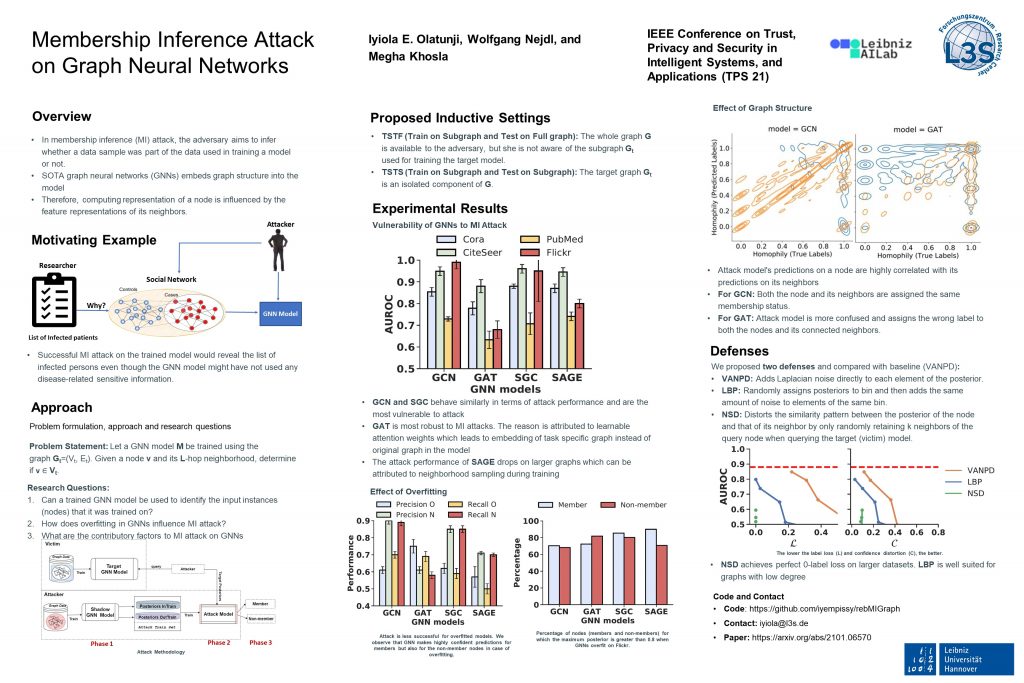Maier, H. B., Neyazi, A., Bundies, G. L., Meyer-Bockenkamp, F., Bleich, S., Pathak, H., Ziert, Y., Neuhaus, B., M{ü}ller, F.-J., Pollmann, I., Illig, T., M{ü}cke, S., M{ü}ller, M., M{ö}ller, B. K., Oeltze-Jafra, S., Kacprowski, T., Voges, J., M{ü}ntefering, F., Scheiber, J., Reif, A., Aichholzer, M., Reif-Leonhard, C., Schmidt-Kassow, M., Hegerl, U., Reich, H., Unterecker, S., Weber, H., Deckert, J., B{ö}ssel-Debbert, N., Grabe, H. J., Lucht, M., and Frieling, H. (2024)Validation of the predictive value of BDNF -87 methylation for antidepressant treatment success in severely depressed patients—a randomized rater-blinded trial, Trials 25.

